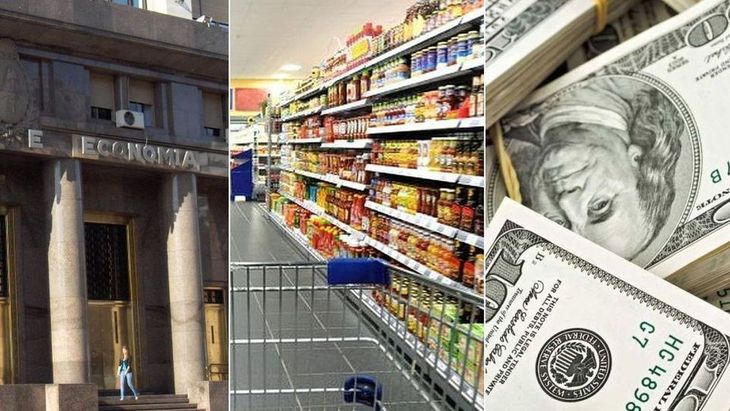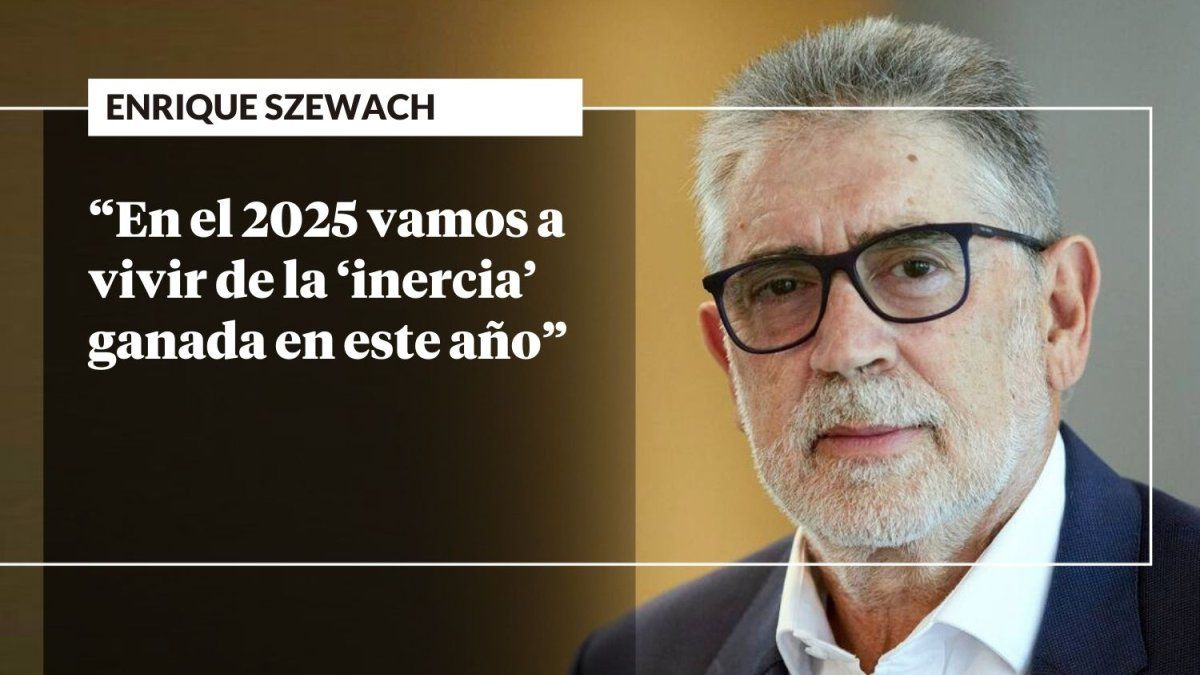The president’s government Javier Milei took office in the midst of a three-dimensional economic crisis.
The first dimensionthe most obvious, corresponded to the macroeconomic disaster left by Kirchnerism, with fiscal deficit, debt and a Central Bank emptied of reserves, and with a high stock of postponed issuance, through quasi-fiscal debt instruments. The “thermometer” of this disaster was reflected in the high inflation rate and the values of quasi-free exchange rates.
The second dimension corresponded to a great distortion of relative prices. The usual Argentine photography of expensive goods and cheap services It was further aggravated by subsidies to the prices of public services financed with inflation, with an increase in the “Argentine cost” of taxes, logistics and various union privileges, and with an economy isolated from international trade, a mix of tariff protection. , lack of trade agreements, and restrictions of all kinds, including corruption scandals.
Finally, the third dimensionthe least obvious but the most serious, a irresponsible decapitalization of infrastructurea product of years of disinvestment or bad investment in the public sector and disincentives to quality private investment. (Except for the indirect effect of the stocks on the transfer of profits abroad, which led many companies to invest “by force” to protect themselves from the liquefaction of their assets). Added to the criminal disinvestment in human capitalwith an increasingly poor education service.
javier milei looks over his glasses.jpg
Javier Milei took office in the middle of a three-dimensional economic crisis.
Faced with this scenario, the government immediately attacked, as it should, the emergency of the first dimensionwith a strong and admirable fiscal adjustment, and an exchange and monetary regime designed to stop the inflationary spiral, organize the Central Bank’s balance sheet, and normalize the external front. Where the recent success of laundering came as the 6th cavalry regiment, with Rin Tin Tin at the head to save a short-term exchange rate regime that was beginning to raise doubts about its sustainability and that required an urgent pit stop. (young people to ask the AI about that old television series).
The second dimension, relative price adjustmentstill has pending tasks both in terms of reducing economic subsidies and in reorder the opening sequence of the economy. It is reasonable to quickly eliminate restrictions and “corruption measures” in foreign trade, but serious opening requires first a more determined attack on the “Argentine cost” before confronting companies with more intense external competition, along with the task diplomacy of opening markets via an expansion of free trade agreements. This is a process that will take time, and a lot of intelligent work, public and private.
It’s in the third dimensionthe recapitalization of public infrastructure, improvement of human capital and more generalized investment incentives (beyond the RIGI) where the least progress has been made. And it was expected that this would happen, it is a years-long process aimed at recovering decades of delay. But here too, it is not just a matter of time, we must also understand the need to have a new public sector, instead of no public sector.
1726448468686-dollar-inflation-fiscaljpg.jpg

In this context, it is expected that in 2025 we will live off the “inertia” gained this year.
Given what I have covered so far, I risk some reflections on what would be needed and what to expect in 2025.
In the first dimension, the general macro, accepting that the fiscal surplus is not negotiatedit would be necessary to pass from fiscal adjustment to tax reform. Argentina cannot continue with this tax system and this collecting entity. But looking at the budget presented and the discussion with the governors, it seems that we will continue in adjustment mode and without much reform at least until the elections.
In exchange and monetary matters, it would be necessary to converge to a regime that continues to gradually lift the restrictions of the stocks and move to an exchange policy flexible for minimize cost to face the external shocks that are already incipiently hitting us and that will probably worsen next year, Trump willing. and let it be the monetary anchor replaces the exchange anchor, to carry out the final assault on inflation. However, it seems that the economic team feels calmer in the comfort zone of capital inflow and that prefers to deepen the anti-inflationary use of the exchange rate, even at the cost of temporarily increasing the appreciation of the peso.
On the issue of relative prices, goods versus services, the elimination of economic subsidies should be completed, leaving only a social rate, contracts with service companies should be reordered and, as mentioned, resequence economic opening so that it is a structural instrument and not exclusively cyclical. But, so far, what is projected, again thinking about the mid-term elections, is a slower evolution in the elimination of subsidies and a trade policy thought more about the current situation.
Finally, in the third dimension, progress will be very slow given the nature of infrastructure issues in a broad sense, the lack of substantive reforms in provincial public spending, and the lack of conviction of the national government to have a more active participation in investment public. What it implies a great challenge to increase productivity for the private sector, in the absence of real reform in the labor market.
In short, in the three dimensions, beyond what, in my opinion, would be necessary, barring a very adverse international scenario, I believe that in 2025 We are going to live off the “inertia” gained this year. An economy in heterogeneous recovery. A consolidated disinflation, but at a slower speed and the underlying reforms zigzagging to the rhythm of the fourth dimensionderived from politics and the midterm elections.
Economist, journalist and writer
Source: Ambito




